Interracial Relationships in the US
 When the first white men landed on American soil, they could not have foreseen the complicated racial history which would unfold over the next several hundred years. The history of how races met and eventually worked out a way to live together is made up of millions upon millions of individual encounters between people of different ethnic backgrounds. It’s the story of how they co-existed and fought, loved and hated, and it’s an ongoing story which in our generation, is for the most part, one which people increasingly approach with open minds and hearts.
When the first white men landed on American soil, they could not have foreseen the complicated racial history which would unfold over the next several hundred years. The history of how races met and eventually worked out a way to live together is made up of millions upon millions of individual encounters between people of different ethnic backgrounds. It’s the story of how they co-existed and fought, loved and hated, and it’s an ongoing story which in our generation, is for the most part, one which people increasingly approach with open minds and hearts.
Initially, the problem was not really one of race. The original settlers seemed to have no preconceived ideas about people being inferior or superior because of race. The real issue was that the settlers wanted to occupy land which was actually being used by other people, albeit in a way which was hard for Europeans to understand. This was an inevitable precursor for conflict.
Find your soulmate on InterracialDatingCentral










That quintessentially American holiday, Thanksgiving, has become a controversial one, marking as it does one of the first encounters between white settlers and the indigenous American people. Many would argue that this is a day of mourning, rather than of thanks, and it’s certainly true that the demise of hundreds and thousands of people, either by deliberate act or as a result of the unstoppable move north, south and west to settle the continent, is a matter for regret and shame in many respects.
The United American Indians of New England established Thanksgiving as a day of mourning in 1970, and continue recognizing it to this day – an indication that old wounds still hurt. Native Americans did not receive full citizenship until 1924, and even after that date they still experienced restrictions on where they could live, travel be educated and work. Although modern consciousness of the need to recognize the dignity and worth of indigenous people has done something to improve their situation, there is still a somewhat uneasy situation where Native Americans are both citizens of the US and of their tribal nations.
The right to fish and hunt in traditional ways and places, the right to express religious beliefs, especially the use of peyote, equality of education, the use of Native America symbols and images in a degrading and disrespectful way – these are all still very live issues.
Having said this of course, many individuals since the beginning of the history of the white race’s appearance in the Americas have found that human attraction, love and friendship bridge the gaps between people. Famously, Princess Pocahontas married John Rolph in 1614. (Not John Smith as often thought). The early settlers seem to have intended to live peaceably with the people they found in the new world. They initially at least, didn’t regard the Native Americans they met as inferior to them, but these good intentions soon came to an end due fundamentally to mutual incomprehension, and the fact that two sets of people wanted to occupy the same land, and to use it in very different ways.
Many people claim to have a Great Great Grandmother who was Native American, but this is generally fairly fanciful, and possibly a reflection of the esteem in which many aspects of Native American culture are now held. In actual fact it was in the early days of colonization that inter marriage was most likely to take place, so any Native American ancestors would have been further back in history. In more recent times, Native Americans were largely confined to reservations, and interaction between races was more restricted than in earlier times. There were also laws and more importantly, social prohibitions, preventing legal marriage between people of different races.
The great immigration into America by non Europeans was of course, the slaves who were unwillingly brought from Africa. The conditions of slaves were by no means uniform across the States. Laws were very different from State to State, with some States allowing freed slaves to live there unmolested, others expelling freed slaves as a disruptive influence. Slaves were in some instances treated barbarically, in others, they were treated quite kindly - possibly receiving better treatment and more respect than from Northern non slave owners after emancipation. Many accounts of the lives of slaves were collected in the 1930’s, over two thousand, and surprisingly, quite a few of them looked back on their time as slaves with a degree of acceptance, and even wistfulness for good times passed. Such is human nature.
The ownership of slaves was not general – most white people didn’t have slaves. On the other hand, there were free back people who did have slaves – as many as 152 slaves in one case in Louisiana. Of course, there was a lot of interchange between the races. Slave women were used by white masters, and there were as well genuine love relationships, although these were no at all the norm, nor were they accepted by the society of the time.
Such was the situation between the races, that many States – forty-four out of the fifty to be precise - at some stage in their history created laws forbidding marriage between the races, known as anti-miscegenation laws. When these laws were repealed, it was often because they were thought to be no longer necessary. When Massachusetts repealed its laws prohibiting marriage between races in the mid nineteenth century, it was because it was felt that marriage between the races was, “evidence of vicious feeling, bad taste, and personal degradation” and so laws against it were hardly needed.
(In 1967, a legal case Loving v. Virginia, put an end once and for all to laws forbidding people of differing races to marry. In this case, a white man got a black woman pregnant, and wanted to do the honorable thing and marry her, which he did, in another state. Their marriage was not recognised when they moved back to live in Virginia. This test case paved the way for many couples of differing races to love and marry, and now it is a relatively common thing in the USA, and is approved of by most, if not all, people.)
But back to the thorny issue of slavery. It’s often thought that Abolitionists wanted to free slaves and have them living alongside the white population as equals, but that was actually far from the truth. Many Abolitionists thought slavery was a great wrong, but they wanted to free the slaves and send them back to the places from which they came. It really wasn’t envisioned by many that freed slaves would live side by side with the white population.
The very first time that a group of free black men, who were preachers, visited the White House, Abraham Lincoln told them to go back to their congregations and preach that the objective of the Civil War was for them to be freed, yes, but then sent away. Lincoln believed that there would simply be conflict if the two races tried to live in the same country; he thought it would be best if they colonized Central America (without it seems, wondering what the indigenous and settler populations of Central America would feel about that)!
One of the most shameful and notorious evidences of the state of relations between the black and white races is of course the many lynchings which were carried out, most often for murder – 40% - rather than the popularly conceived image of rape against a white woman, although these constituted 25% of the total. Research shows that there were 4,743 lynchings between 1882 and 1968. Of these however, over a quarter were of white people, so again, the picture is muddy.
Race riots have been a sad feature of relationships between the races in the USA, and amongst the most notorious is the riot which occurred in Tulsa in 1921, during which thirty five blocks of the black part of town were burnt to the ground, and an unknown number of people were killed; estimates vary between 30 and 300 blacks, and 10 whites. To this very day, race riots form a tragic and regrettable part of our pattern of race relations, usually fanned by a potent combination anger, hatred, rumor, fear, mischief, poverty and alcohol.
Early race riots were invariably of whites against blacks, but now, a race riot is almost always pictured as black or Hispanic people running wild, even though that may be a distortion of the truth.
As time moved on, an interesting change of heart took place in the thinking of the majority of the white population in the USA. Instead of believing that the white race was superior, and that America would be stronger as a white country, with minority groups such as blacks, Native Americans and Asians either going back “home” or living separately on reservations, white people came to believe that all races were equally worthy of respect and of a place in society.
It became the norm that white culture was somehow considered to be less worthy, less real, than the cultures of other ethnic groups. While black, Asian, Native American and other groups could have their own struggle for rights and identity, the rights and identity and culture of white people was somehow to be subsumed. This came to be called Political Correctness, and in many ways it was a fair reaction to the years of less than fair treatment that minority racial groups had experienced.
It seemed almost as if it were wrong to think well of your own racial group, to love your traditions, to want your group to prosper, to support other people in your racial group – that is, if you were white. All other racial groups were expected to do all these things and more, were applauded for distinguishing between their race and other races. Truth be told, discrimination is discrimination, and it never makes for a healthy society; the possibility of a backlash is ever present.
We can see a backlash occurring now as people are looking for leaders who will “Make America great again” – coded speak for “Get rid of foreigners”. This is not what the liberated generations of the sixties and seventies were seeking at all.
The truth is that America is a society of immigrants, and people whose ancestors were once vilified for being Irish, Polish, French or any number of other minority groups have seamlessly become part of a dominant white culture. But demographics say that by the year 2060 or thereabouts, the white population of America will be in the minority. Of course, that does raise the question, who is white? In this total are included Arabs, for example, and Hispanics who count themselves as white. These shifting and really quite arbitrary categories tend to bedevil those who are trying to get a true picture of what is happening to the US population. In 2010, white Americans still made up 72% of the population, and the majority of births are to people who regard themselves as white Americans.
So, let’s take a look at just a few of the many very successful men and women of the modern era who are proud to be of mixed race.
President Barack Obama
Probably the most insulted and maligned President in history, who can doubt that much of the criticism is based on his race, rather than his actually rather good record in office.
Kamala Harris
The Attorney General for California, this distinguished jurist is African/Asian/American, with an Indian mother and a Jamaican American father.
Nora Jones
The singer has an Anglo American mother, and her father is Ravi Shankir, the distinguished Indian classical musician.
Vin Diesel
The muscle man actor has a Scottish/Irish/German mother, and says that his father was African American.
Benjamin Jealous
NAACP president and leading business man, his father is white and his mother is black.
Lisa Bonet
This actress has a Jewish mother who is also white, her father is African American.
Albert and Alan Hughes
Film director twin brothers have and Armenian descent mother and an African American father.
Halle Berry
The beautiful and talented actress has a white mother and an African American father.
Mariah Carey
The singer has a mother who is of Irish descent, and her dad is African American.
Olivia Munn
TV presenter and comedian Olivia Munn has a Chinese descent mom who was raised in Vietnam, and a German and Irish heritage dad.
Linda Carter
Wonderwomans’ mother was Mexican/Spanish, and her dad was Irish and English.
It’s an interesting thing to notice that Americans tend to declare themselves as hyphenated. They are Irish-American, Chinese-American, African-American and so on. Yet in other countries, for example, the UK, this kind of self-identification doesn’t seem to have taken such a strong grip on people’s self-image. It would be rare to the point of almost being unheard of to find someone describing themselves as African-British, Jamaican British or Indian-British in normal day to day life – people generally think of themselves, and are thought of, as British. It’s doubtful that anyone thinks of Sir Lenny Henry, that national treasure with Jamaican parents who hails from Birmingham, UK, for example, as anything other than British, although of course they know he’s black. This seems to be an indication of a society which is more secure in its multicultural reality than that of rather more self conscious America.
Of course, the main way in which racial barriers are broken down is by people of different races meeting, falling in love, marrying, and having a family together. This most natural of all human activities really does prove that love is both blind, and conquers all.
Statistics show that inter racial marriage and relationships in the USA are on the increase. Latinas are marrying white guys, black men are marrying Chinese girls, East Indian men are pairing up with black girls, the merry go round of racial mixing is one onto which many people are jumping with enthusiasm and joy. It can be a simple chance meeting with someone that you really like, or perhaps you have a physical attraction for a certain kind of racial type – there is nothing wrong with that, any more than there is anything wrong with preferring brunettes or redheads.
For those who want to meet people of another race, it’s never been easier. Families are more approving than in the past, and there are lots of on-line dating sites where you can meet people of all races, colors and creeds. The poluation of most major cities are dominated by people who are not white.
Whereas once a multi-racial couple might have found it uncomfortable to go out and about together, now it’s something which people accept as normal and natural, especially in big cities. Children of mixed race couples are no longer the object of derision, but just fit in with the crowd. That’s not to say that there are no issues and problems for multi race couples and families; of course there are still ignorant and prejudiced people out there who can be spiteful, even aggressive. But this is coming to be less and less of an issue, even though as previously mentioned, there is a vague feeling of unease among some elements of society that somehow, white people are getting a raw deal.
It is a great pity indeed that politicians, who should be in the forefront of making society a more decent place, are actually in the forefront of stirring up hatred, especially against Muslim people. This does appear to be something of a turning back to a more unpleasant past, and hopefully, the American people will reject policies and people whose platforms are built upon hatred, fear and ignorance – although sad to say, these three have played pretty well in times past.
At the end of the day, the bottom line is that a person’s race truly doesn’t matter. As Martin Luther King Jr. famously stated, what matters is not the color of your skin, but the content of your character. Issues which seem impossibly difficult to solve today will, through the telescope of history, seem to be laughably simple, and that will be in great part because of the millions of people who cross the racial divide to find true love.
6 responses to "Interracial Relationships in the US"
Leave a reply
You must be logged in to post a comment.
-

-
 Tiffany7439 says:Posted: 22 Mar 16
Tiffany7439 says:Posted: 22 Mar 16I love your article,,, I too was born in Jamaica of a Jamaican/mom and a Lebanese/dad ..grew up in England and I never the term Asian Americans etc ,,, until I moved here ,, in England you're just a British citizen no matter what colour class or creed ,, it's really sad here in the USA when it comes to race ,, but thank you so much it was a very refreshing article
Reply to this comment-
 Mosiah7 says:Posted: 01 May 16
Mosiah7 says:Posted: 01 May 16In America you're also an American citizen no matter your color but you're also still a part of whatever race you are too. There is nothing wrong with having a racial identity as long as you aren't discriminatory or racist towards others. One of the problems here in America is that your race or ethnicity can set you up for all sorts of bigotry, hidden or otherwise. But don't act like England is some kind of racial utopia. I've read about how some whites there have treated blacks in Brixton and how they treat people from places like Pakistan there. Also, I've noticed that despite the fact you've stressed your mixed background, you still list yourself as being black on your profile. So you're not racially ambiguous yourself.
Reply to this comment
-
-

-

-











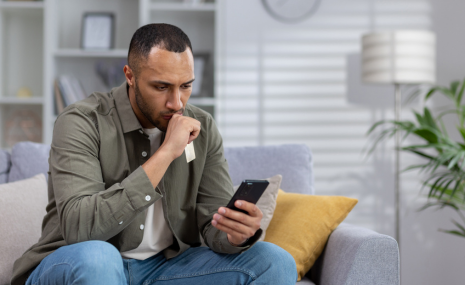
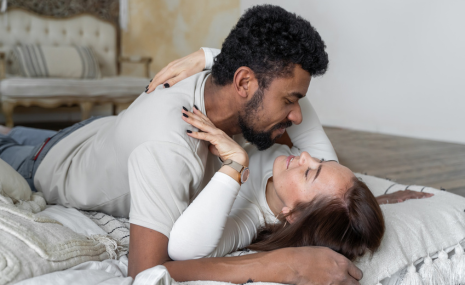

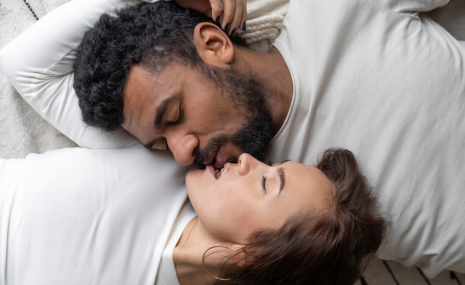


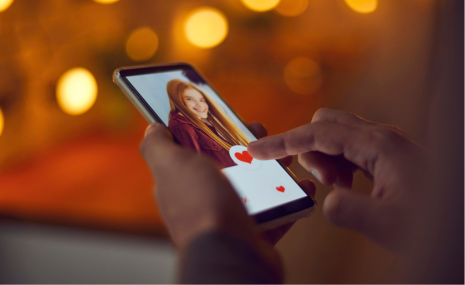

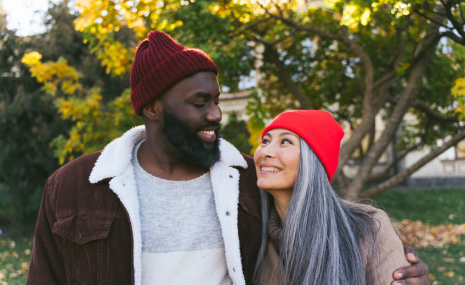

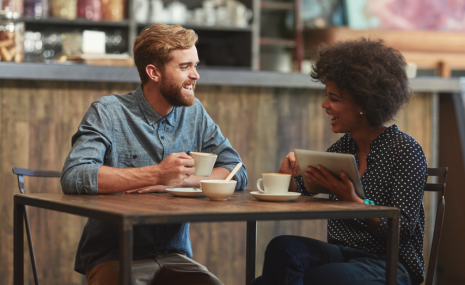


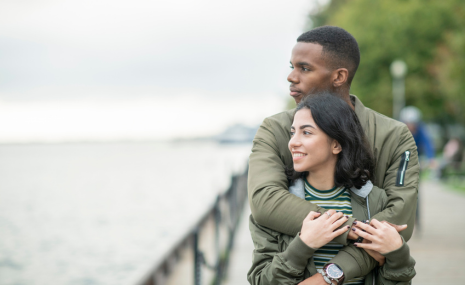
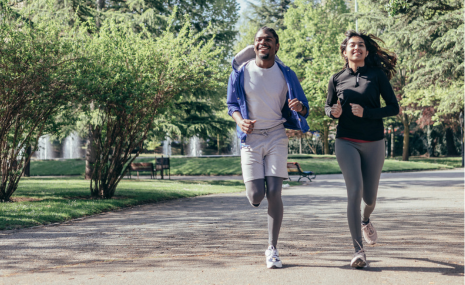

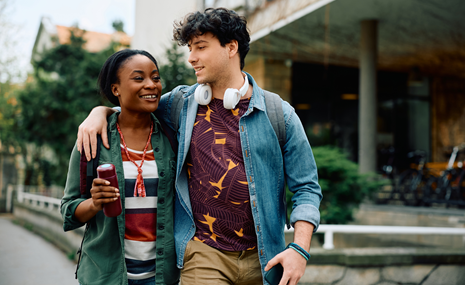
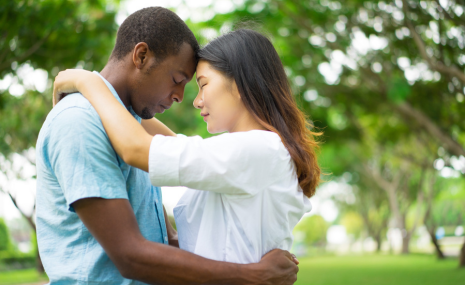
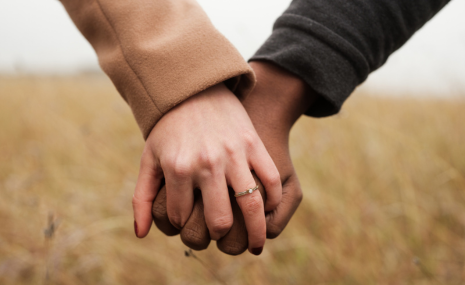

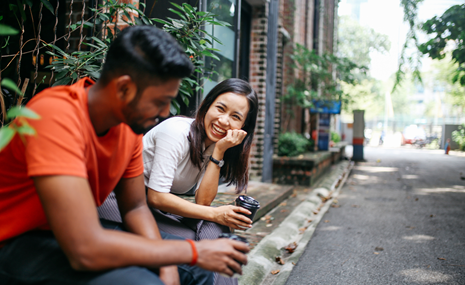


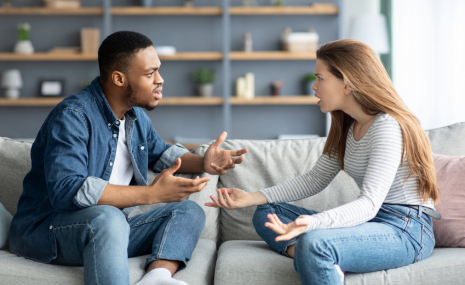


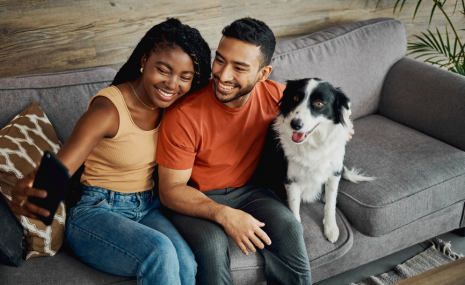





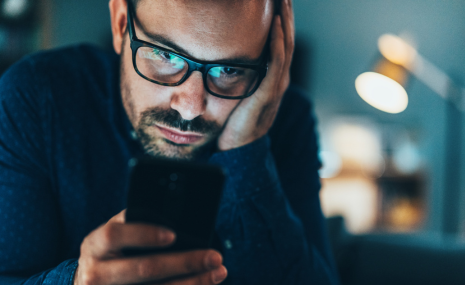

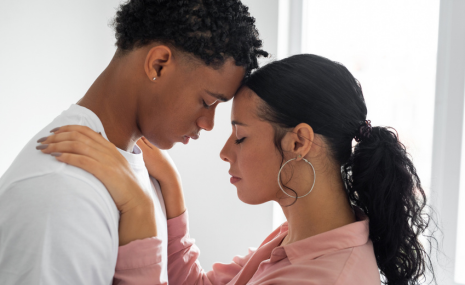
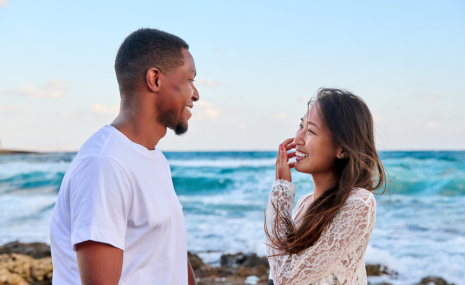
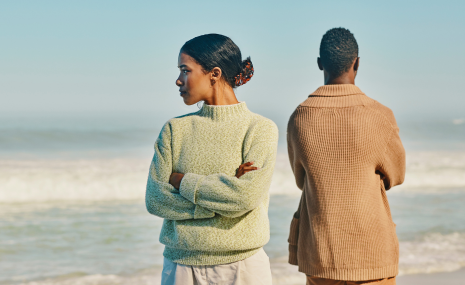
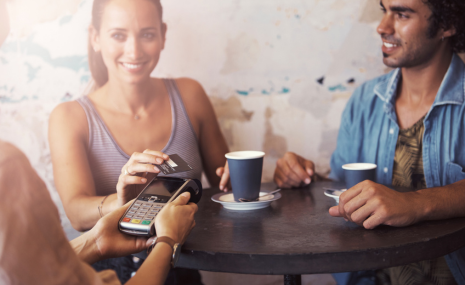

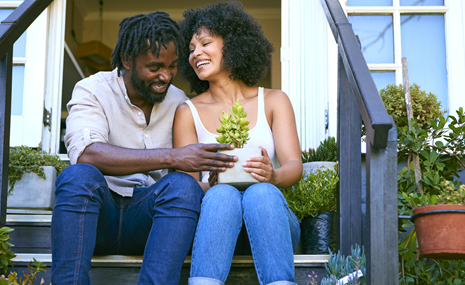
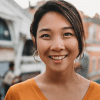
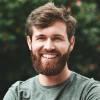



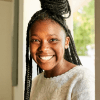




































Love to av a lady there